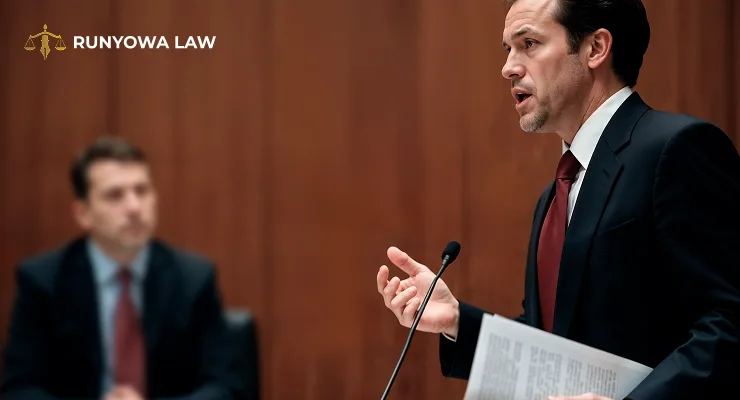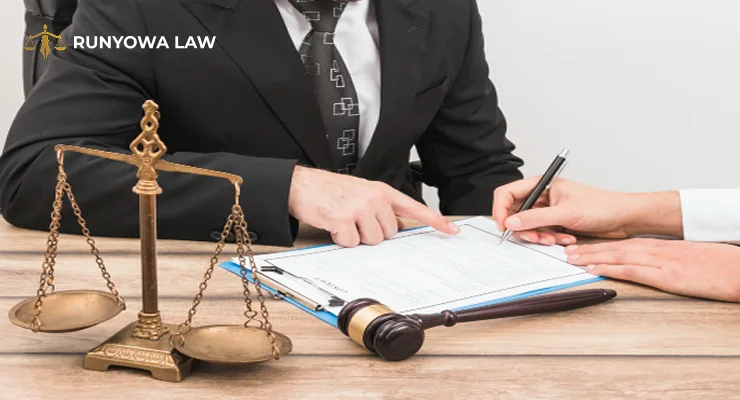A privacy breach occurs when personal or sensitive information is accessed, disclosed, or lost in an unauthorized way. Whether it’s caused by human error, cyberattack, or system failure, immediate and informed action is critical to minimize damage and ensure legal compliance. This guide outlines the steps individuals and organizations should take right after discovering a privacy breach.
1. Recognize and Confirm the Breach
a. What Is a Privacy Breach?
A privacy breach can involve:
- Loss or theft of personal data (e.g., name, SIN, credit card info)
- Unauthorized access or disclosure
- Accidental sharing of confidential records
b. Identifying the Breach
- Monitor for suspicious system activity
- Use intrusion detection software
- Employee reports or customer complaints may reveal breaches
c. Confirm the Breach
- Conduct an internal audit
- Verify logs and access records
- Engage IT or cybersecurity teams for technical confirmation
2. Contain the Breach
a. Stop Unauthorized Access
- Revoke access privileges for compromised accounts
- Shut down affected systems or networks temporarily
b. Secure Physical and Digital Assets
- Isolate infected devices
- Lock filing cabinets or physical documents
c. Reset Credentials
- Change passwords, PINs, and security questions
- Implement multi-factor authentication where needed
3. Assess the Scope and Impact
a. Determine Affected Data
- Identify what type of personal data was exposed (e.g., financial, health, identity documents)
b. Assess Who Is Affected
- Employees
- Clients/customers
- Third-party vendors
c. Evaluate Potential Harm
- Identity theft
- Financial fraud
- Reputation damage
- Legal liability
4. Report Internally and Activate Incident Response
a. Notify Key Personnel
- Privacy officer or data protection officer
- IT department
- Legal counsel and senior leadership
b. Activate Incident Response Plan
- Every organization should have a privacy breach response protocol
- Assign roles: investigation, communication, mitigation, and documentation
5. Notify Affected Individuals and Authorities
a. When Notification Is Required
Under laws like PIPEDA in Canada:
- Notify individuals if breach creates a real risk of significant harm
- Notify the Office of the Privacy Commissioner of Canada (OPC)
b. How to Notify
- Clear, direct, and timely communication
- Include what happened, when it happened, and what information was exposed
- Advise on steps individuals can take (e.g., monitoring accounts, changing passwords)
c. Other Notification Obligations
- Third-party processors or service providers
- Industry regulators
- Law enforcement (if criminal activity suspected)
6. Document the Breach
a. Maintain Detailed Records
- Date and time of discovery
- Nature of breach
- Steps taken to contain and mitigate
- Who was notified and how
b. Why Documentation Matters
- Compliance with privacy laws
- Demonstrates accountability
- Supports future audits or investigations
7. Prevent Future Breaches
a. Review Security Measures
- Update firewalls, antivirus software, and encryption protocols
- Conduct vulnerability assessments
b. Provide Staff Training
- Educate employees on privacy policies and breach protocols
- Run phishing simulations and awareness campaigns
c. Update Policies and Contracts
- Revise internal privacy policies and employee agreements
- Ensure vendors have robust data protection standards
8. Monitor and Follow Up
a. Monitor Systems and Accounts
- Watch for further suspicious activity
- Use continuous threat detection tools
b. Check in With Affected Individuals
- Provide updates and support options (e.g., credit monitoring)
- Offer help lines or FAQs for concerned parties
c. Conduct Post-Breach Analysis
- Identify root cause
- Evaluate response effectiveness
- Revise incident response plan as needed
Frequently Asked Questions (FAQs)
Q1. What qualifies as a privacy breach?
Any unauthorized access, use, or disclosure of personal or sensitive information.
Q2. Who should I notify first after a breach?
Notify your internal privacy officer and IT department. External notification follows after internal assessment.
Q3. Are organizations legally required to report breaches?
Yes, under laws like PIPEDA, organizations must report breaches that pose significant harm.
Q4. How quickly must a breach be reported?
There is no strict timeframe under PIPEDA, but immediate reporting is expected once a risk is identified.
Q5. Can individuals take legal action after a breach?
Yes. Individuals may seek compensation through lawsuits or privacy complaints depending on the breach’s impact.
Final Thoughts
A privacy breach can be a critical threat to both individuals and organizations. Responding quickly with a structured approach helps contain the damage, protect affected parties, and meet legal obligations. Recognizing the breach, acting decisively, and reviewing your processes afterward are all essential to minimizing impact and building a culture of privacy and trust. Whether you’re an IT professional, business owner, or concerned citizen, being prepared can make all the difference.




